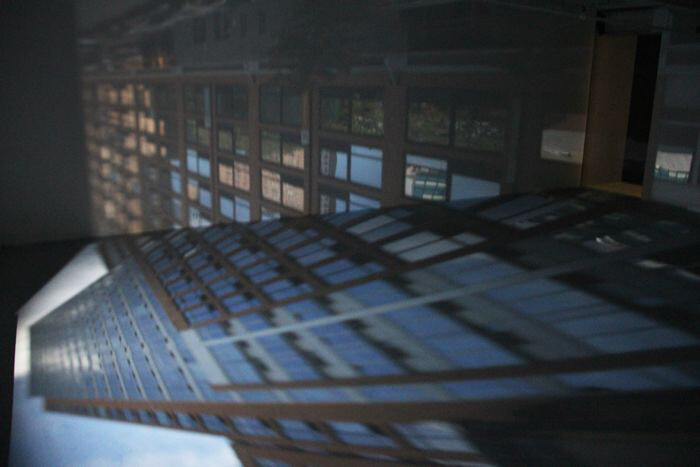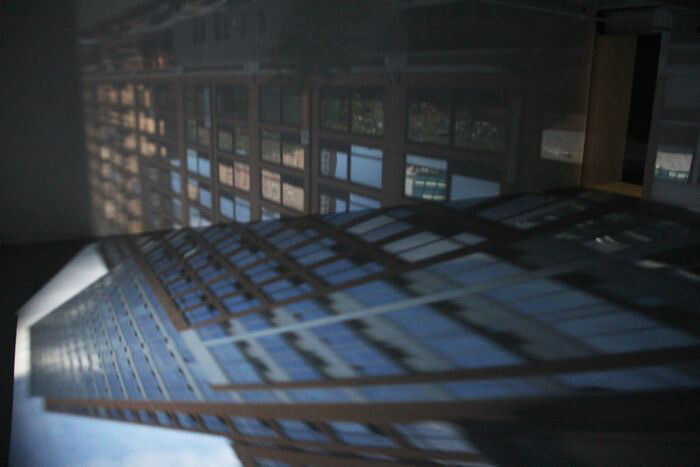It’s a cruel fact of art writing that when political work is positioned under weighty rhetoric, its vim and potency become threatened. The press release for Zoe Leonard’s exhibition at Murray Guy wavers on doing just that, suggesting that the show waxes philosophical on the nature of photography by asking the age-old question “What is photography?” Leonard, whose work ardently politicizes the act of looking, is a hero of queer art and champion of photography as an artistic medium. She privileges a practice of aesthetic subtlety, often proffering bodies of works that achieve meaning through their association in totality rather than as singular objects. I would argue that it’s with the breath of the personal and political that Leonard’s work is most keenly felt, and with the scientific and academic that it loses impact.
Leonard’s exhibition at Murray Guy, her first at a New York gallery since 2003 and the inaugural show in the gallery’s expanded Chelsea space, consists of a darkened room acting as a camera obscura and five photographs taken directly focused at the sun. The camera obscura, itself a tool long tied to the history of painting and architecture as much as photography, covers the gallery walls in the image of West 17th Street. As one’s eyes adjust to the darkness, minute details emerge: the lights of the hotel across the street appear on a back wall, the housing projects one block over appear in the reflection of the prefab skyscraper next door. The camera obscura’s lens is placed non-hierarchically: there’s no one point in the installation that is more important than another, and, to some extent, the gallery is turned into a camera itself. Perhaps Leonard has given us a metaphor critiquing the ideological function of the exhibition space, the force that teaches us how to look at and recognize value in fine art. Further, Leonard interprets the gallery as a social space, one in which we can collectively watch the messy, evolving neighborhood of Chelsea together, in the hopes of potentially reaching some sort of shared, empathetic position. (It goes without saying, however, that in contrast to the neighborhood as a whole, there’s a lot less diversity to be found in visitors of Chelsea galleries.)
Walking out of this oversize camera obscura, one is blinded by the sadistically bright lights of the room in which one finds those five silver gelatin prints of the sun (the experience here being uncannily not unlike the very painful act of looking at the sun itself). The prints, shot both on 35mm and medium-format film, are unedited in post-production and replete with tiny bits of fuzz and an occasional scratch. In the press release I’ve just taken to task, historical associations are drawn between J.M.W. Turner’s painting of Regulus, a Roman figure who was sentenced to stare at the sun while his eyelids were torn off, as well as Goethe’s last words, “Licht! Mehr Licht!” Here, Leonard renders the act of looking—specifically at the center of one’s universe, our source of brightness and of light—as one related to pain, death, and, to some extent, torture.
Just as an exhibition announcement can be a burdensome framing device, so too is the ideological function of photography. If we can understand through Leonard that the photograph is a contextualizing tool through which we organize our looking, gather information, and glean truth, then one can approach the metaphor of gazing at the sun as the pain of evaluating those indomitable forces that are also facts of our daily lives—whether it be a gentrifying neighborhood or the personally felt effects of photography itself.






